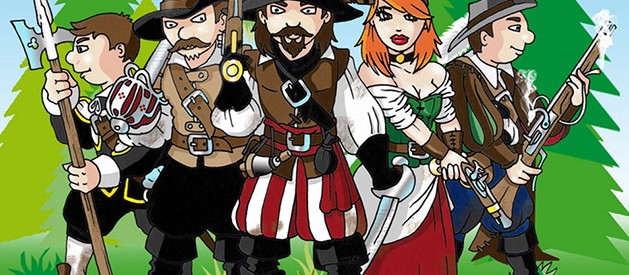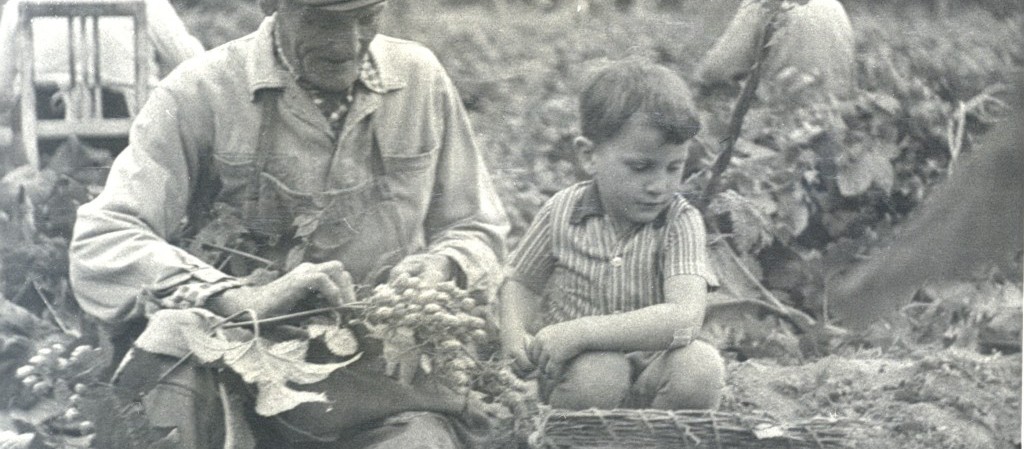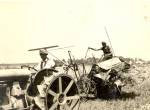
The educational journey of the robber Stetka
A nature trail around the surroundings of Štětí for the whole family, introducing the history and picturesque nature, industry and agriculture of Štetsko. The legendary robber Štětka and his four-member team are guiding the tour, giving information on a marked circuit starting from
In the old days of the Thirty Years' War, the robber Štětka was the master of the deep forests, fields and hillsides around the town of Štětí. Today, his home is the former Mordloch Cave, hidden away from people in the middle of the Stračen forests. Who knows him in the region. He protects the poor and honest, and justly punishes dishonesty and avarice. He has walked this land many times. He knows every road and footpath here.
During your adventurous journey with the robber Stetka you will come across educational boards that will tell you all about the history, nature, fauna and flora, industry and agriculture of the local region or visit the mythical cave Mordloch of the robber Stetka. You can also try out a discovery competition Following the footsteps of the robbers or robber geocaching.
Stops

Újezd
AGRICULTURE IN THE REGION OF STETTIN
The period before 1945
The main activity of the population in the Szczecin countryside has always been inextricably linked to agricultural production. It was the primary means of subsistence for the local population, providing them with a livelihood and setting the rhythm of their lives. In the mid-19th century, the previous patrimonial ownership of agricultural land ceased to exist and it became the sovereign property of a large number of peasant farms and, in part, communal property.
Among this collection survived the torso of former noble estates, which often came into the hands of wealthy but enterprising non-nobles. Their extent was further reduced by the first land reform in 1919 after the establishment of the Czechoslovak Republic. At that time, the new state attempted to Czechise the territories with a predominantly German ethnicity by allocating plundered large estates and communal land preferentially for lease or purchase to Czech candidates, often legionaries or otherwise deserving Czechs, which aroused great nationalist resentment among the settled German population towards the new state.
Mutual national tensions culminated in 1938, when after the Munich Agreement Germany occupied the border area and the local Czech minority was largely expelled to the established Protectorate of Bohemia and Moravia. After another seven years, the Czech-German aversion reached another reverse climax when, after 1945, we ourselves expelled the German inhabitants from the Sudetenland.
The period after 1945
The initial period after the Second World War in the right bank of the Stettin region is characterised first by the expropriation of German owners of houses and businesses in the town and farms in the villages and their subsequent removal. The Czech minority, expelled in 1938, returned to the displaced villages and towns, but it was mainly Czech landless people from the interior who came here. These new settlers were for the most part good manual workers, often labourers, but they were mostly unable to farm independently, so it was not surprising that the former nomads were unable to organise work on a large scale.
The period after 1948
The second major step came after the communist takeover in 1948, when private farming was more or less forcibly destroyed and replaced by Unified Agricultural Cooperatives (JZD) and State Farms. The first wave of mass association started in 1949 under the pressure of the district committees of the Communist Party of Czechoslovakia in the context of the new law on JZD. By the end of 1953, 66 cooperatives had been established in the Litoměřice district, but some cooperatives soon began to stagnate. The new unusual method of farming also had a negative impact on the extent of cultivated agricultural land, which decreased by up to 15%. The unprofitable JZDs soon disappeared and their assets were absorbed by the State farms.
The first JZD was established in Počeplice in Štětsko already in 1950. Due to the catastrophic loss of employees in the 1960s, three JZDs, Počeplice, Štětí and Stračí, were merged in 1960 under the name JZD Mírová cesta Počeplice. In 1970, JZD Mírová cesta Počeplice merged with JZD Radouň and JZD Brocno-Chcebuz.
The period after 1989
The cooperative continued to operate in its current programme after 1989 until 1993. In that year, the cooperative transformed the existing JZD into a joint stock company Agropodnik Radouň. Since 1996 the company has been called Texal a. s. Radouň. In 1997, the cultivation of hops was abolished and two years later the cultivation of sugar beet was abolished. Now Texal's production focuses mainly on cereals, oilseeds and silage maize.
Vineyards in Stettin
As early as the 15th century, there were extensive vineyards on the slopes around Stračí, originally belonging to the Česká Lípa estate. At that time, however, the vineyards were already of low productivity, providing a maximum of 2 to 3 barrels of wine per year.
On the slopes facing southwest, excellent wine thrived, which was said to be no match for the wine from Mělník. The vineyards in Štětské vineyards were exclusively privately owned, and some of the owners can be found in the town books, particularly in the book of markets and vineyards from 1638. Of the owners listed in the book, the most interesting is probably Matthias Purkyně, a professor and famous psychologist of Czech nationality, who is listed as the owner of a vineyard in Štětí between 1612 and 1618. The vineyards completely disappeared during the Thirty Years' War and no written record of them has ever been found.


